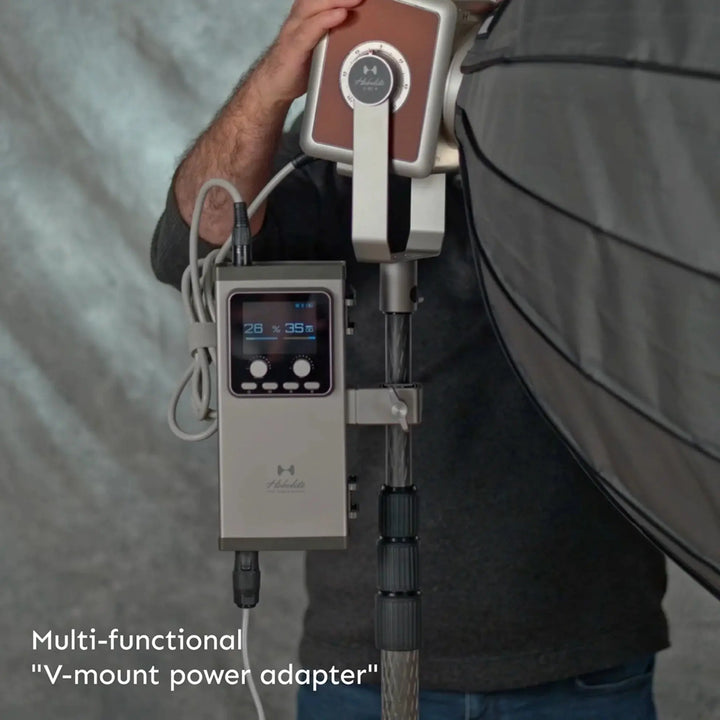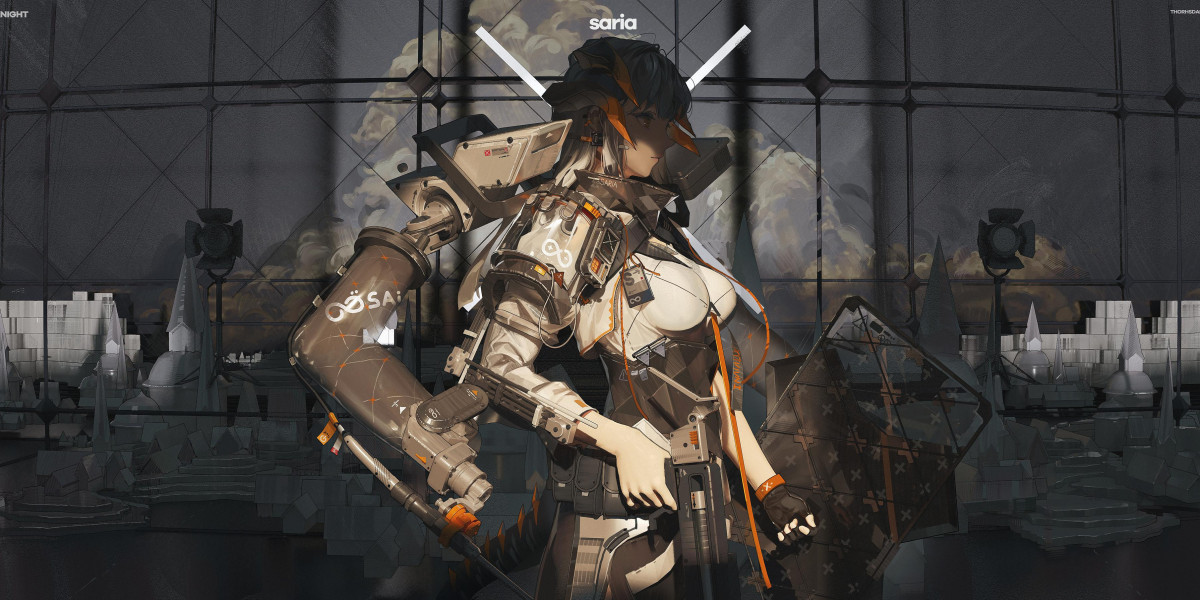Unlock the Secrets to Perfect Studio Lighting: Your Ultimate Guide to Choosing the Best Kit!
In the world of photography and videography, lighting is often the unsung hero. The right studio lighting kit can transform a simple image into a stunning masterpiece, enhancing details, colors, and overall quality. Whether you're a budding photographer or a seasoned videographer, investing in a good studio lighting kit is essential for achieving professional results. Not only does it help in creating the perfect ambiance, but it also allows you to control shadows and highlights effectively. When choosing a studio lighting kit, several key factors come into play, including the type of lighting, your budget, and the specific needs of your projects. This guide will walk you through everything you need to know to select the perfect lighting kit for your creative endeavors.

Understanding Studio Lighting Kits
A studio lighting kit typically consists of various lighting equipment designed to assist in achieving optimal lighting conditions for photography or videography. The primary components include continuous lights, strobe lights, softboxes, umbrellas, and reflectors. Continuous lights provide a steady stream of light, making it easy to see how the light affects your subject in real-time. On the other hand, strobe lights emit bursts of light, which can be incredibly powerful but require more precision in timing. Softboxes and umbrellas are vital for diffusing light, creating a softer glow that minimizes harsh shadows. Each component plays a significant role in shaping the quality of light, influencing everything from skin tones in portraits to the vibrancy of colors in product photography. Understanding these differences is crucial for selecting the right kit for your needs.
Key Factors to Consider When Choosing a Studio Lighting Kit
When it comes to selecting a studio lighting kit, several essential factors should guide your decision. First and foremost, consider the type of light you need. Continuous lighting is great for video work, where you need to maintain a consistent light level, while strobe lighting is often preferred for still photography, providing intense bursts of light. Next, think about the intensity of the lights; some kits offer adjustable brightness, which can be beneficial for different shooting scenarios. Color temperature is another critical aspect; lights that emit a cooler or warmer hue can dramatically affect the mood of your images. Portability is also worth considering, especially if you plan to shoot on location or travel frequently. Lastly, set a budget that aligns with your needs. Investing in a quality kit can enhance your production value significantly, but it’s crucial to find one that fits your financial plan. Assessing your specific requirements based on the types of projects you undertake will help narrow down your options.
Common Mistakes to Avoid
Choosing a studio lighting kit can be overwhelming, and many newcomers fall into common traps. One significant pitfall is underestimating the importance of lighting, assuming that any kit will suffice. This misconception can lead to disappointing results, as poor lighting choices can wash out colors or create unflattering shadows. Another mistake is overlooking the importance of light modifiers like softboxes and umbrellas. These tools are crucial for controlling the quality of light, and neglecting them can result in harsh, unappealing images. Additionally, many people choose lighting kits based solely on price without considering their specific needs, leading to wasted money on equipment that may not serve their purpose. To avoid these mistakes, it's vital to conduct thorough research, understand your lighting requirements, and invest in a kit that meets those needs rather than just chasing the best deal.
Setting Up Your Studio Lighting
Once you’ve chosen your studio lighting kit, the next step is setting it up effectively. Start by determining the primary light source, often referred to as the key light. Position it at an angle to your subject to create depth and dimension. From there, consider adding fill lights to soften shadows and highlight details. Experimenting with different angles and distances can yield various effects, so don't be afraid to move your lights around until you find the sweet spot. Remember that lighting is not a one-size-fits-all approach; what works for one shoot may not work for another. Regularly testing different setups will help you discover what best suits your style and the particularities of your subject. Ultimately, the goal is to create a balanced lighting environment that enhances your work while reflecting your creative vision.
Maximizing Your Studio Lighting Experience
In conclusion, understanding studio lighting kits and how to choose the right one is fundamental for anyone serious about photography or videography. The quality of your lighting can significantly influence your final results, making it crucial to assess your specific needs, consider the key factors discussed, and avoid common mistakes. As you embark on this journey, remember that experimentation and practice are vital. With the right studio lighting kit in hand, you’ll be well on your way to capturing stunning images and videos that truly resonate with your audience. Make informed decisions, invest wisely, and let your creativity shine!












